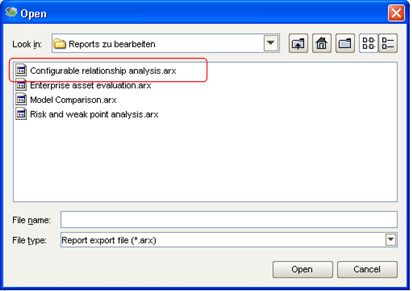Exe File Extension
Run a program or open a file:Once you have successfully launched File extension fixer, youwill be able to run executable files even before repairing the fileassociations.Just enter the command you want to run in the text input box, orpress the Browse button to locate the file using the WindowsShell.The input box also supports Drag and Drop. Just drag thefile you want to open/run to the text box, and its full path will beautomatically inserted.When ready, press the Run/Open button to open your file.This feature can also be used to access internet locations, ordownload files. Just enter or paste the url you want to open to thetext box and pres Enter or the Run/Open button.For instance, to open this page, enterin the text box and hitEnter.To download UVK, enterin the text box and hitEnter. System repair:Sometimes malware use the group policy to disable some systemtools that could help you to remove the infection. The tools thatare usually disabled are the registry editor, the task manager, thesystem restore, the System configuration utility (msconfig) and thecommand prompt.Using the options in the lower pane, you can easily enable andrun tose tools:Press the text link corresponding to the tool you want to enableand run. For instance, you may want to enable and run the systemrestore, and restore your system to a state before the infection.The last two options allow you to download and run two well knowntools that will help you to take care of the infection: and(MBAM). Steps to take if both EXE and COM file associations are corrupted:If the.exe fileextension is corrupted,.If the.com file extension hasalso been corrupted, follow the steps below:1: Right-click a filethat has an 'Open with' context menu (eg: a text or word document ora picture), hover Open with.
Program To Open Exe Files
DLL file is an executable file which is used as 'Dynamic Link Library' or 'Application Extension'. Microsoft Windows applications can open DLL file and execute code from it. One DLL file could be shared between multiple Windows application.Also Microsoft Windows OS uses DLL files to store executable code for different windows components (graphical engine, networking, printing, etc.).DLL is one of the most frequently occuring file extensions on your PC. Most of DLL files are located in C:WindowsSystem32 folder. Also Windows applications store DLL files in their corresponding folders in 'Program Files' and 'Program Files (x86)' folders. When you launch a Windows OS application it will look for its DLL files in the folder where you launch it from and will try to open DLL files and load them into memory.How to Open DLL FileIf you want to check if a specific file is a DLL you can do it via following methods:.


Open DLL file with text editor or a hex editor. Check if the first two symbols in the file are MZ and the rest are binary symbols. If it is so and extension of the file is DLL then most probably it is a real DLL file.Please note that DLL files could contain dangerous viruses that can do serious damage to your computer. Do not download DLL files from the internet and do not replace your local DLL files with ones which origin is questionable.Applications which can open DLL files.
Visual Studio is capable of opening DLL file and viewing and editing certain sections of it like textual resources, icons, messages, etc. It is part of visual studio but it will allow you to view DLL file in great details. It will decompile DLL from binary code to assembly instructions which are much easier to read than binary code.Similar file extensions. EXE files - executable code for applications. SYS files - executable OS code. COM files - old DOS style format for executable code. DRV files - executable code for drivers.
SCR files - executable code for screen savers.
